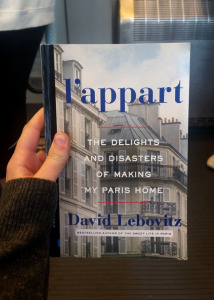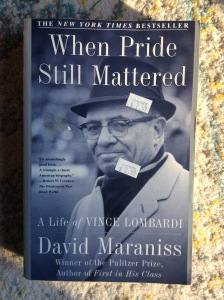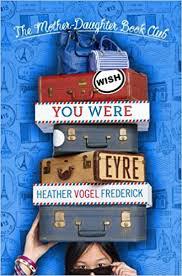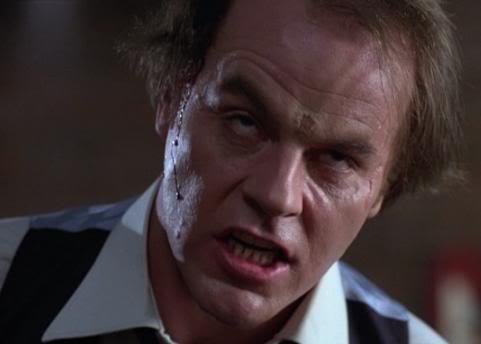BACCA writers, like many writers, want to get our best work out of the shortest amount of time. How do we do that?
PlanningOne way is to plan ahead. Like really ahead. A whole year’s worth of planning.
To mark the start of this new year, I worked on a new method to organize the time in a writer’s year. Then, with my colleague and fellow writing coach Ginger Moran, I co-facilitated a workshop on the subject, sponsored by SWAG Writers and hosted at the public library. We met in Staunton, Virginia with a group of writers dedicated enough to attend our session despite subfreezing temperatures and bleak skies.
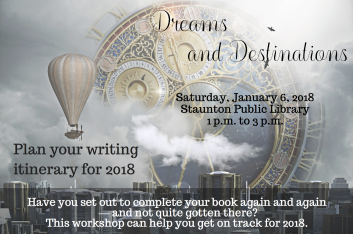
The poster for our Staunton writer event. Thanks, Maggie Duncan.
Ginger and I talked about how to embrace being a creative person; how to resolve to make changes in the face of our own hardwired fear of change; how to make realistic, doable lists, and how to consider the variety of tasks that make up writing, publishing, and marketing.
We introduced a hierarchy of first choosing one big step for the year and then working backward, identifying medium steps, and within those, tiny, doable steps.
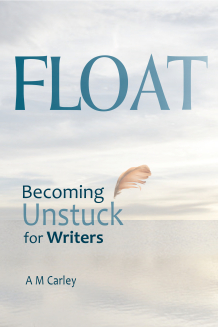
A M Carley’s handbook for writers, available at Central Virginia booksellers and online.
After Ginger’s excellent remarks on being a creative person, paradoxically both bold and sensitive, I began by quoting someone – was it Thomas Edison? – who said (more or less), “I haven’t failed. I’ve discovered ten thousand ways that didn’t work.” I love that attitude. It’s on us as creative people to remember the longer view of our projects, goals, and creative intentions. We can learn from all of it, not just the glowing successes. It gives us hope to get up in the morning and reminds us how much value there is in the things that went sideways, and can still be really useful.
The How-To’sDrawing on some helpful ideas from my writer’s handbook, FLOAT • Becoming Unstuck for Writers, I expanded on a couple of FLOAT tools.
List HygieneLists can be your friends, and they can torture you. The key is that for each item you put on a list, you’ll be able to know with absolute certainty when it’s complete. That means precision and compassion. Being specific with yourself, so that you know when you are done. When we’re looking ahead at the year, list hygiene can make all the difference.
Recap RoutineRemember, counterintuitively, always to look back at what you’ve done. We’re built not to appreciate our achievements, and we tend to forget them quickly. So we can complement our innate dismissals and stop to notice. “Oh, we did some good work there.” Or, “I didn’t get any good work done but I knocked three things off the list and cleared my head for tomorrow.” With a recap routine in place, it won’t feel like you need to flog yourself to keep going. Keep in touch with your basic vision, your channel, your source. Set aside time to appreciate what you’ve done. Then, once it becomes habit, the practice becomes so rewarding it reinforces itself.
I touched on a couple more FLOAT tools that haven’t made it (yet) into the book.
Getting RealThe purpose of our workshop was to encourage each person to develop a 12-month itinerary for their writing journey, beginning with the one big step that mattered most to them for the entire year. In that light, I wanted to say a few words about being realistic when setting goals. I suggested that writers meet in the middle, between grandiose and boringly doable. You want to come up with something that’s stretchy enough, so you hear yourself say, “I’m not sure I can do this,” and also grounded enough that you can say,”It’s possible.” If, instead, you know that even if everything went brilliantly, that goal would still not be possible, I recommend you don’t set yourself that goal. Doing so wouldn’t be fair, and might well stretch to the breaking point, snap, and leave you sad rather than exhilarated.
Clock ItCan you estimate your available time resources? Do you know how much time you actually have to devote to this year’s big step? Before you commit to a stretch goal, it’s useful to know how much time you’ll actually be able to devote to it. If you’re not aware of where your time goes, it’s a good exercise to keep track of everything you do for one week. Although it can feel like really annoying busywork, it’s really informative. Clocking the actual time we spend on all the different parts of our lives helps us see where the time goes. It also shows us what turns out to be important to us. For example, if I underestimate how much time I spend reading, or listening, to the news, I’m not being helpful to myself. And, by the way, I’m not doing this to go, “A-ha! That’s what I’m doing wrong!” It doesn’t need to be about self-criticism. Instead, it’s about getting a handle on what your time resources really are. Once you block out the time you know you don’t have, you’ll find out how much time is available for writing. And that’s part of being realistic.
After Ginger and I spoke, everyone got to work. Judging from the questions and comments from participants, progress was made. And, as Ginger was careful to point out, the next step after planning out the year’s big step, medium steps, and tiny steps is to enter them all into your working calendar. You know, so you’ll remember that big vision and do the incremental tasks that bring it to fruition. Hey, this could work!
Do you have a stretch goal for your writing in 2018? Happy New Writing Year!
— A M Carley writes fiction and nonfiction, and is a founding member of BACCA. Her company, Chenille Books, provides creative coaching and manuscript development services to authors. Decks of 52 FLOAT Cards for Writers are available from Baine’s Books in Scottsville and Appomattox, VA, at the Chenille Books website, and on Amazon. Anne’s writer handbook, FLOAT • Becoming Unstuck for Writers, is available for purchase at Central Virginia booksellers and on Amazon. #becomingunstuck
Advertisements Share BACCA goodness:
- More

